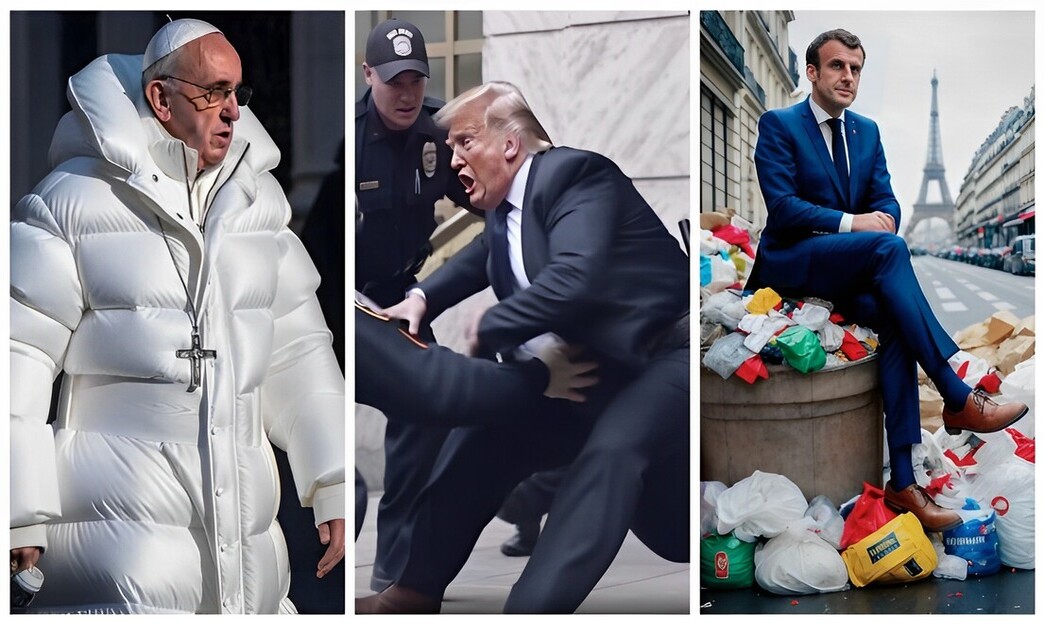
Midjourney: Reshaping the Visual Landscape Through AI Imagination
Over the past few years, AI-generated art has moved from experimental research projects into a mainstream creative tool used by millions. Among the platforms leading this revolution is Midjourney, a small independent research lab that has had an outsized cultural impact. Unlike most tech startups, Midjourney operates without venture capital, relying instead on a community-driven subscription model. Despite its size, the company has become one of the most recognized names in generative AI, reshaping how people think about creativity, art, and imagination.
- The Origins of Midjourney -
The company was founded by David Holz, a serial entrepreneur best known as the co-founder of Leap Motion. Holz left the traditional startup path after 12 years in the VR space, seeking a smaller, research-focused environment where creativity and experimentation could flourish. This philosophy gave birth to Midjourney, which operates with just a handful of full-time employees but a massive global community of contributors and users.
Midjourney’s main product is an AI system that transforms text prompts into images. Access is primarily offered through a Discord server, where users type commands describing the image they want. In seconds, Midjourney generates a set of high-quality images, blending learned patterns from its training data with stylistic innovation. This simple yet powerful setup has helped Midjourney become one of the most used creative AI platforms in the world.
- How Midjourney Works: The Technology Behind the Magic -
At its core, Midjourney is powered by diffusion models — a cutting-edge technique in generative AI. Diffusion models work by starting with random noise and gradually refining it into a coherent image, guided by patterns learned during training. When a user enters a text prompt, Midjourney uses a language–vision embedding model to map the words into a latent space that connects text with visual concepts. The diffusion model then interprets this latent representation and iteratively constructs an image that matches the description.
This process is computationally expensive but highly flexible. It allows Midjourney to not only produce photorealistic images but also highly stylized, surreal, or artistic outputs that feel distinctly different from competitors like DALL·E or Stable Diffusion. In fact, many artists describe Midjourney’s outputs as being more “aesthetic” or “artistic” compared to its rivals, which often focus more on realism.
- Midjourney vs. Competitors -
The AI art ecosystem is competitive, with several platforms offering similar capabilities. However, each comes with its own philosophy:
- Midjourney: Focused on artistry and imagination, producing images with strong stylistic flair.
- Stable Diffusion: Fully open-source, allowing anyone to customize and run the model locally.
- DALL·E: Developed by OpenAI, tightly integrated with ChatGPT, with a focus on accessibility and safety.
This diversity of approaches reflects broader debates in AI: openness vs. control, artistry vs. realism, and research vs. commercialization. Midjourney has chosen a middle path — not fully open-source but still accessible, with an emphasis on community engagement.
- Ethical Challenges and Concerns -
Like all AI art tools, Midjourney raises important ethical and legal questions. Who owns an AI-generated artwork — the user, the company, or no one at all? Can AI art infringe on copyright if it mimics the style of human artists? These questions are still being debated in courts and policy circles worldwide.
Another challenge is the potential misuse of AI-generated imagery. Deepfakes, misinformation, and biased outputs are real risks. Midjourney’s approach is to produce images that retain subtle artifacts of their AI origin, which some see as an implicit watermark. However, as the technology advances, distinguishing human-made from AI-generated art will become increasingly difficult.
- The Future of AI Creativity -
Despite challenges, the potential of AI-generated art is enormous. Midjourney is already influencing fields like graphic design, marketing, film pre-visualization, game development, and digital storytelling. By lowering the barrier to creation, it enables anyone — not just professional artists — to explore visual ideas at unprecedented speed.
Looking forward, Midjourney’s vision extends beyond a single product. Holz and his team describe their work as part of a larger mission: augmenting human creativity with AI. As new versions of Midjourney are released, with higher resolution, faster rendering, and more nuanced interpretation of text prompts, the line between human imagination and machine-generated artistry will blur even further.
Whether one sees it as a tool, a collaborator, or a competitor, one thing is certain: Midjourney is reshaping the visual landscape and pushing us to rethink what creativity means in the age of AI.